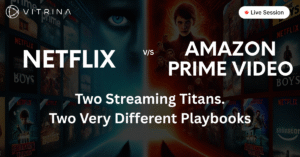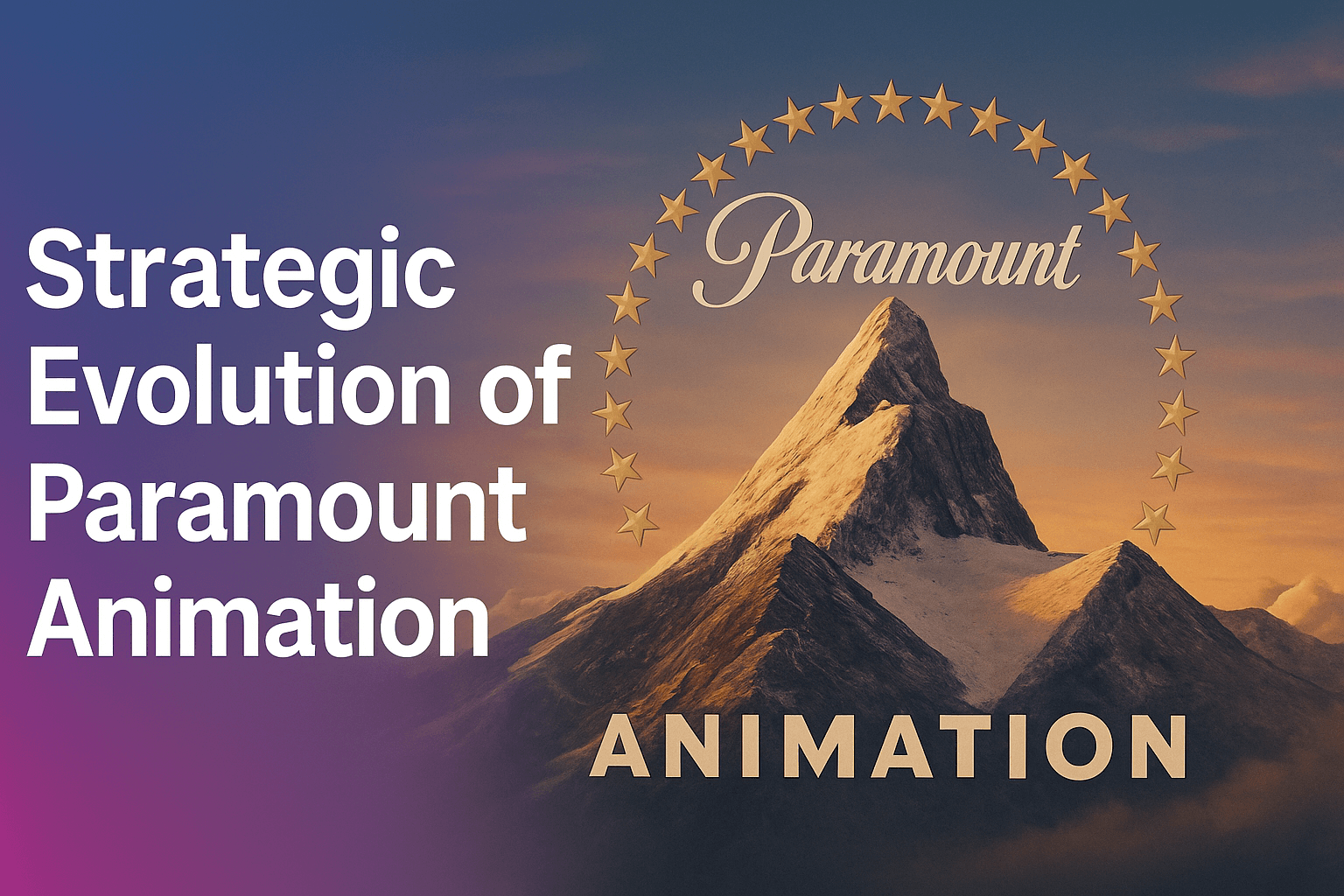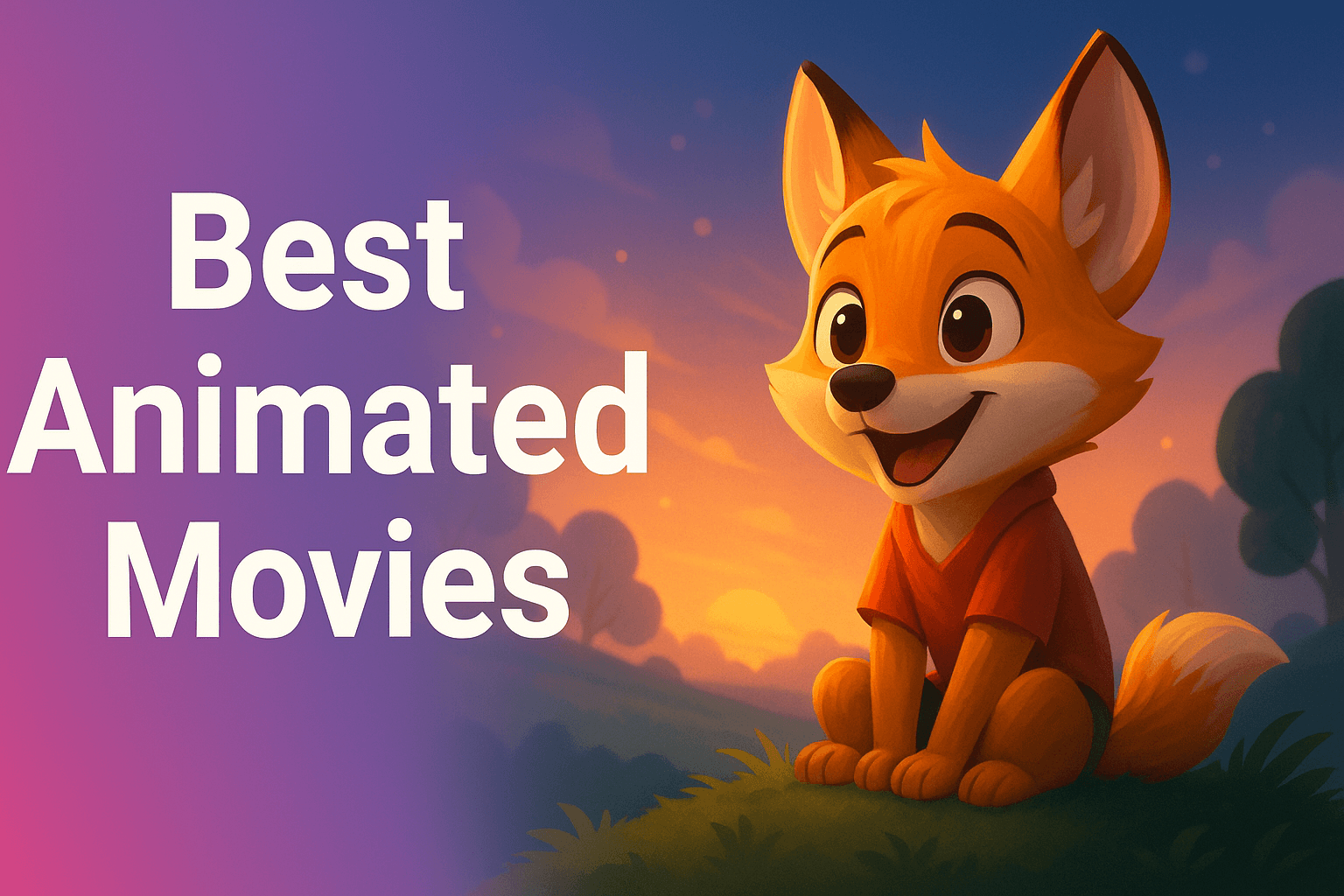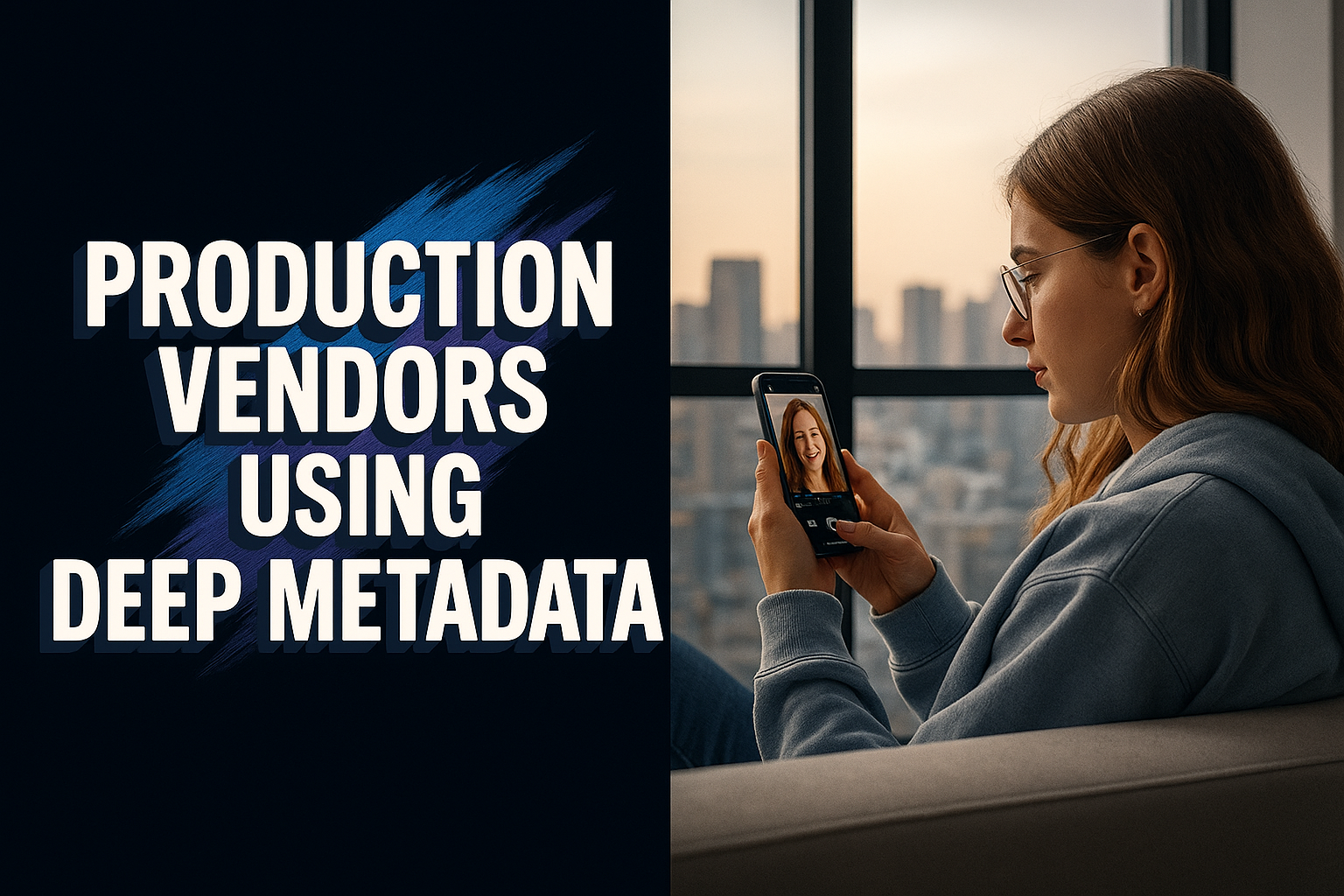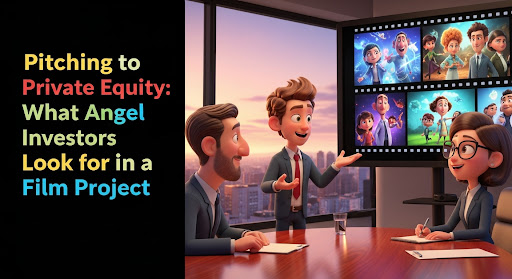Introduction
The entertainment industry thrives on distribution deals, which determine how films, TV shows, and digital content reach audiences worldwide. Whether it’s a blockbuster hitting cinemas, a series streaming on Netflix, or a drama premiering on a broadcast network, distribution is the bridge between creators and consumers.
In this guide, we’ll explore the essentials of distribution deals—what they are, how they work, and the key players involved. You’ll also learn about different types of distribution models (theatrical, digital, and TV), revenue-sharing structures, and the challenges of securing a deal. If you’re a content producer, distributor, or buyer, understanding the nuances of distribution can help you make strategic decisions that maximize revenue and reach.
By the end of this article, you’ll have a comprehensive understanding of how distribution deals function and how Vitrina can help you navigate this complex landscape.
Maximize Your Distribution Deal Success!
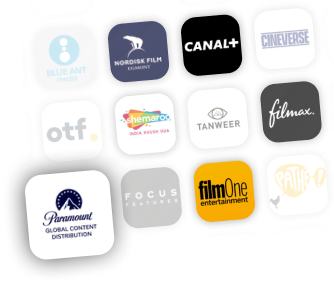
What is a Distribution Deal?
A distribution deal is a contractual agreement between a content owner (such as a production company, studio, or independent filmmaker) and a distributor. The distributor is responsible for making the content available to audiences through various platforms—theatrical releases, digital streaming, television networks, or home entertainment.
Distribution deals determine:
- Where and how a film, show, or documentary will be available.
- Revenue-sharing terms between the content owner and distributor.
- The duration and territorial scope of the deal.
Without a strong distribution strategy, even the best content may struggle to find an audience.
Types of Distribution Deals
Distribution deals vary based on the rights granted, revenue models, and platforms involved. Here are the most common types:
1. Theatrical Distribution
- The film is released in cinemas, either globally or in select regions.
- Major distributors like Warner Bros., Sony Pictures, and Disney handle wide releases.
- Independent films often rely on smaller, regional distributors.
2. Digital Distribution
- Content is distributed through platforms like Netflix, Amazon Prime, Apple TV+, and YouTube.
- Deals may include subscription-based streaming (SVOD), ad-supported streaming (AVOD), or pay-per-view rentals (TVOD).
3. Television Distribution
- Broadcasters (e.g., BBC, HBO, NBC) acquire content for scheduled programming.
- Deals can include syndication, licensing, or first-look agreements.
4. Home Entertainment (DVD/Blu-ray)
- Physical and digital copies sold via retailers like Walmart, Amazon, and Best Buy.
5. Hybrid and Multi-Platform Deals
- Many modern deals combine different methods, such as a theatrical window followed by a digital release.
How a Distribution Deal Works
A distribution deal is negotiated based on several key factors, including:
- Territory – Is the content licensed globally or for specific markets?
- Exclusivity – Will the content be exclusive to a platform or available across multiple outlets?
- Duration – How long will the distributor have the rights?
- Marketing Commitments – Who handles promotions, trailers, and advertising?
Once terms are finalized, the distributor executes the release strategy—whether a cinematic premiere, a digital drop, or a TV syndication.
Transform Your Entertainment Business

Key Players in a Distribution Deal
A successful distribution deal involves multiple stakeholders:
- Content Producers – Studios, production houses, independent filmmakers.
- Distributors – Companies responsible for delivering content to platforms.
- Sales Agents – Middlemen who negotiate deals between producers and distributors.
- Broadcasters & Streamers – Netflix, Disney+, HBO, BBC, etc.
Revenue Sharing in Distribution
The financial structure of a distribution deal can include:
- Minimum Guarantee (MG): An upfront payment by the distributor.
- Revenue Split: A percentage-based profit-sharing model.
- Licensing Fees: A fixed amount paid for broadcast or streaming rights.
Each deal is customized to maximize profitability for both parties.
Challenges in Securing a Distribution Deal
Navigating the distribution landscape is complex. Common challenges include:
- Finding the right distributor with a strong market presence.
- Negotiating fair revenue terms that ensure long-term profitability.
- Understanding regional market dynamics for international expansion.
How Vitrina Helps with Distribution Deals
Vitrina simplifies the distribution process by providing access to:
✅ A global network of 72,000+ industry professionals across 100 countries.
✅ Deep profiling of distributors, broadcasters, and streaming platforms.
✅ Market intelligence on trending deals, partnerships, and competitor strategies.
✅ Direct outreach capabilities to decision-makers in film, TV, and digital platforms.
Vitrina empowers content owners, distributors, and buyers with the right connections, data, and insights to secure profitable deals.
Key Takeaways
✔ Distribution deals determine how content reaches audiences worldwide.
✔ There are various models—theatrical, digital, TV, and hybrid.
✔ Revenue-sharing and exclusivity agreements impact profitability.
✔ Finding the right distributor and negotiating fair terms are crucial.
✔ Vitrina helps connect cozntent creators with the right partners globally.
Frequently Asked Questions
A distribution deal is an agreement between a content owner and a distributor to release and monetize content across various platforms.
Platforms like Vitrina help you identify and connect with distributors worldwide, ensuring the best fit for your content.
SVOD (Subscription Video on Demand) includes services like Netflix. AVOD (Ad-Supported Video on Demand) includes YouTube. TVOD (Transactional Video on Demand) includes rentals like Apple TV.






























